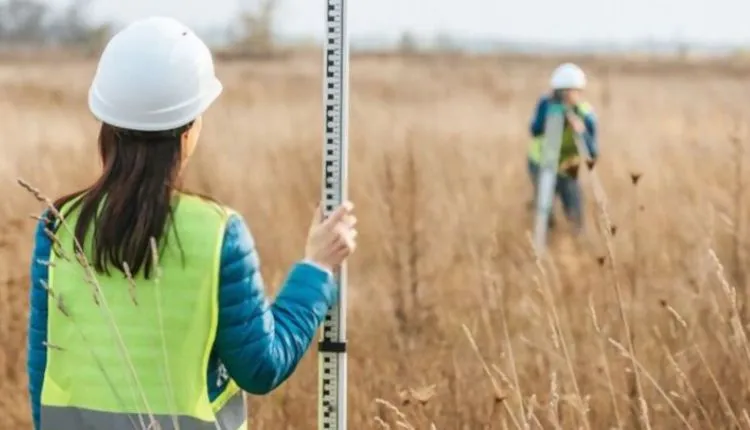
What is evaluated in an environmental land survey
Introduction
You’ve probably heard of environmental land surveys, but do you know what they entail? An environmental survey is a comprehensive assessment of a property that evaluates the impact of existing development and potential new development on the environment. They examine important factors such as air quality, wildlife, soil composition, vegetation, and water resources. In this blog post, we will discuss the various aspects of an environmental land survey and how it can help businesses make informed decisions about their sustainability initiatives. We’ll also look at how these surveys can help protect our planet for future generations. Read on to learn more about what’s evaluated in an environmental land survey.
What is an environmental land survey?
An environmental land survey evaluates the condition of a property in relation to its surrounding environment. The purpose of this type of survey is to identify potential environmental hazards that could impact the property, such as contamination from nearby industrial facilities or exposure to floodwaters. Surveys may also assess the risk of landslide or other natural disasters.
Environmental land surveys provide critical information for proper land management, and are often used to inform decisions about zoning and development. They can also help identify areas that require conservation or remediation efforts.
The Purpose of an Environmental Land Survey
An environmental land survey is conducted to gather data about the natural features and resources of a piece of property. This information can be used to make decisions about how to best use and manage the land. The survey may also be used to assess environmental impacts of proposed development projects.
The survey typically includes gathering information about the type and quality of soil, water resources, land use, vegetation, wildlife habitats, geology, drainage patterns and other environmental factors. The data collected can be used for research purposes and to help plan for future development.
How is an Environmental Land Survey Conducted?
An environmental land survey is conducted by first assessing the property in question and then determining what, if any, environmental concerns are present. Once the concerns have been identified, a plan is put in place to mitigate or remediate them. This may include things like soil testing, water sampling, and air quality testing.
The Results of an Environmental Land Survey
An environmental land survey evaluates the current state of a piece of property with regards to its suitability for development. This type of survey takes into account the natural features of the land, as well as any man-made features that could impact development. The results of an environmental land survey can help determine if a piece of property is suitable for a proposed development project.
The results of the environmental land survey may show that there are no major risks or other potential issues with the property. However, it is not uncommon for an environmental survey to reveal some risks that need to be addressed before any development can occur. These risks may include soil contamination, flood risk, air or water pollution, or nearby hazardous waste sites. The survey may also reveal any existing infrastructure such as roads and power lines that could interfere with development plans.
In addition to identifying any potential risks or hazards, an environmental land survey can also provide information about the biological and ecological features of a piece of property. This information can help determine if a proposed development project will have any impacts on wildlife habitats or other sensitive areas. It can also provide insight into how development plans should be modified in order to reduce the impact on these areas.
Overall, an environmental land survey provides valuable information that helps decision-makers determine if a proposed development project is feasible and safe for both humans and the environment.
Conclusion
Environmental land surveys can help to identify potential environmental hazards and assess the risks associated with them. By evaluating land features, soil types, vegetation cover, wildlife species presence and more, these surveys are an essential tool for assessing the ecological health of a given location. With this information in hand, developers and conservationists alike can make informed decisions about how best to manage or protect a particular space. Ultimately, conducting an environmental land survey is important for responsible management of ecosystems both now and in the future.




